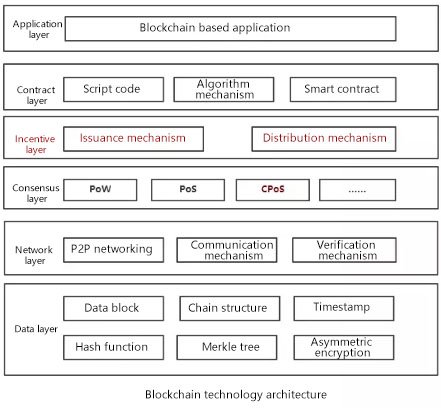And the answer is incentive mechanism — one of the most fundamental components of blockchain.
Comparing with consensus mechanism, incentive mechanism is the part of blockchain technology that gets mush less attention. However, while the consensus mechanism lies at the absolute core of blockchain, the incentive mechanism is actually a subordinate core grounded on the former, playing a crucial role for operation of the blockchain. To help you guys better understand how important the incentive mechanism is, we think answering the following two questions would be a good way.
(1) Since a public chain is safer as more nodes are added, how can we attract more voluntary data nodes
(2) What on earth is the reason that absorbs waves of people into the “mining community”?
These questions are both related to the incentive mechanism, which is significant for the blockchain. To put it simply, incentive mechanism, by means of economic balance, encourages data nodes to participate in maintaining the operation safety of a blockchain system and preventing falsification of the ledger. It is the engine that drives long-term operation of the blockchain system.
In terms of the blockchain architecture, the layer of incentive mechanism stands between the consensus and application layers. The consensus mechanism, while posing strong influence on the incentive mechanism, is basically a decisive factor for the latter (see the figure below).

The incentive layer includes issuance and allocation mechanisms. Together, they are referred to as the incentive mechanism.
Essentially, blockchain consensus process is a type of task crowdsourcing among consensus nodes as it leverages the hashing power of massive consensus nodes to write and verify the shared blockchain ledger. In a decentralized system, consensus nodes are inherently self-interested and they participate in data verification and ledger maintenance only to maximize their respective interests.
So, a reasonable and incentive-compatible crowdsourcing system is a must to align the individual behavior (revenue maximization) to the general goal (guaranteeing safety and validity of the decentralized blockchain system). [1]
Taking the Bitcoin as an example:
Incentive layer includes reward of new Bitcoins (by mining) and payable transaction fee due to transaction and circulation.
The Bitcoin issuance mechanism is that the number of coin declines over time.
As to Bitcoin allocation mechanisms, there are a dozens of types. Nodes with minor hashing power manage to increase generation probability of new blocks by mining in “pools”, and they share the transaction fee according to the allocation mechanism.
GaiaWorld blockchain has been designed with a fairer and decentralized incentive mechanism.
Like Bitcoin and Ethereum, GaiaWorld’s reward mechanism is strongly related to its consensus mechanism, i.e. the CPoS algorithm.
Under the CPoS consensus mechanism, nodes should be a part of forging committee, a set of addresses entitled to create new blocks, which is divided into groups, each having a chance to create new blocks alternately. When it’s the turn of a certain group, the forging committee having the largest voting stake in the group is enabled to create new blocks. The voting stake depends largely on the amount of bond, VRF, interval between blocks, and block height, which, to some extent, gives more forging committees a chance to build blocks. Of course, the more the nodes, the higher the decentralization degree.
(Note: all addresses can apply for joining a forging committee after paying a certain amount of bond, which is related to the stake of the forger. This is to keep micro funds out of the committee and prevent any address from doing evil.)
In the GaiaWorld blockchain, reward for the forging committee comprises two parts:
- The forging committee which has created the new block obtains all transaction fee in the block;
- The forging committee which reported bad behaviors fully owns the bond of the evil address. (That said, the incentive mechanism must be trustworthy to ensure that no one can ever take any advantage of lying and deception.)
Unlike those based on the PoW consensus mechanism, which wastes tremendous power and computing resources on mining, GaiaWorld blockchain allows creation of blocks at limited resource consumption. The amount of transaction fee alone would be a considerable reward for the forging committee.
Comparing with the mining of the PoW algorithm and the inevitable Matthew Effect resulted from the PoS, the incentive mechanism of CPoS involves more actors to guarantee a decentralized system, and enables greater fairness thanks to the introduction of competition and VRF. Therefore, GaiaWorld blockchain will surely build a safer and stabler consensus ecosystem.